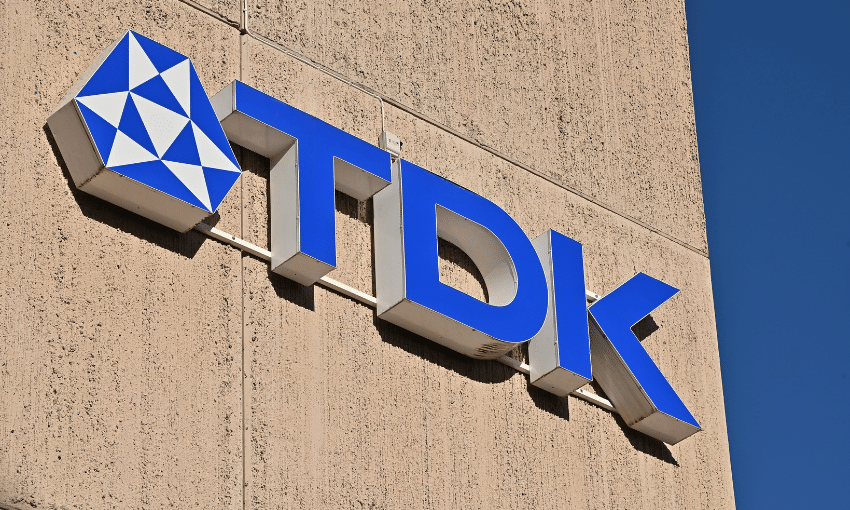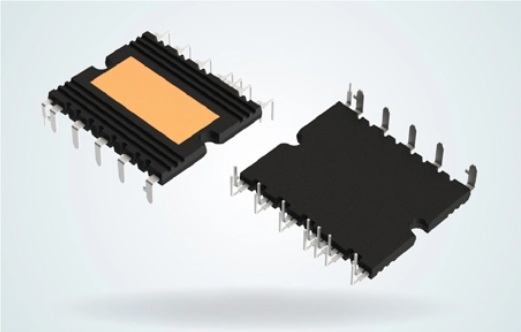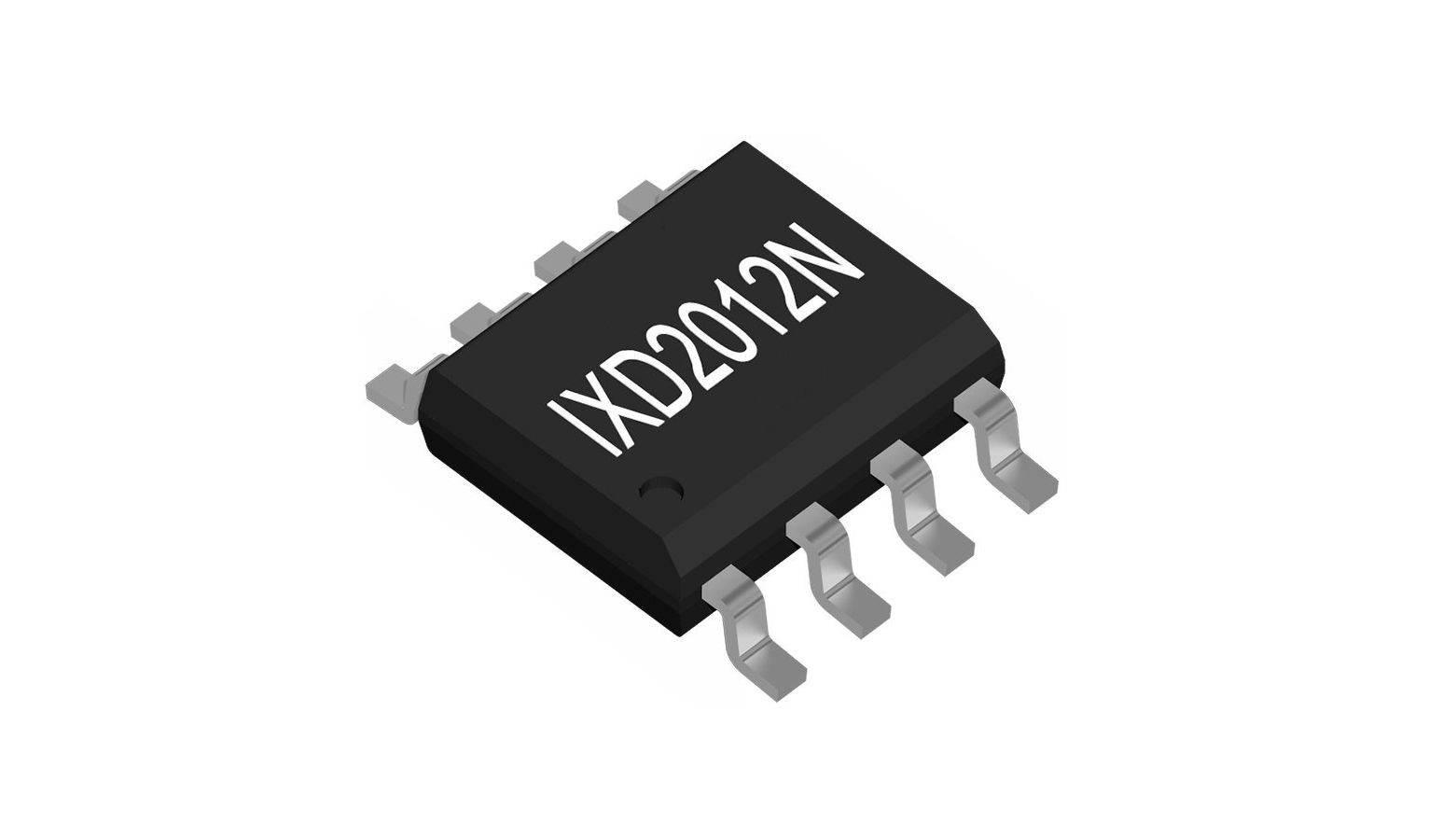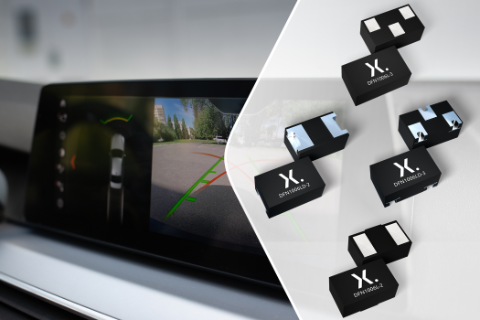On the 18th, Western Digital introduced the world's first 3D TLC NAND embedded flash memory i-NAND AT EU312 EFD, which meets the needs of advanced automotive systems such as ADAS and autonomous vehicles.
The i-NAND AT EU312 EFD is based on 3D NAND technology and uses the UFS2.1 interface with capacities ranging from 16GB to 256GB. Performance is 2.5 times higher than previous generation eMMC products, providing write speeds of up to 550 MB/s and read speeds of up to 800 MB/s with tighter quality assurance.
“As Hyundai Motor adds more data-rich features such as machine vision, 3D maps, multi-camera and multi-sensor based systems and AI-driven databases, this has led to an increase in demand for larger, faster and more reliable data storage for cars. The i-NAND AT EU312 EFD provides scalable storage capacity, better performance and reliability for automotive foundries and Tier 1 manufacturers,” said Oded Sagee, Director of Advanced Product Marketing, Western Digital.
Although 3D NAND is superior to 2D NAND in terms of capacity, speed, power consumption, etc., automotive manufacturers have extremely high memory stability requirements and need to have a longer service life. Therefore, 3D NAND has not been able to enter the car market. With the rapid increase in demand for ADAS systems, the demand for capacity of vehicle memory for each vehicle is growing strongly. With the rise of Internet of Vehicles and self-driving applications, in-vehicle electronic systems need to process huge amounts of data, execute programs or store data, naturally More car storage. As a result, major semiconductor manufacturers are accelerating their entry into the automotive memory market. Micron will invest $3 billion in the next 12 years to expand its memory chip factory and target the automotive electronics market. Samsung also introduced automotive NAND and DRAM this year. The automotive market will be the next arena for storage chip manufacturers.












All Comments (0)